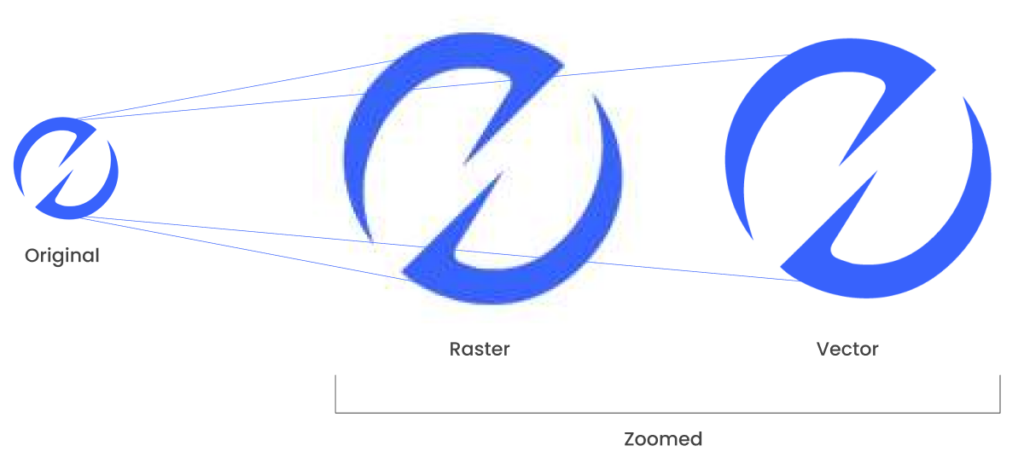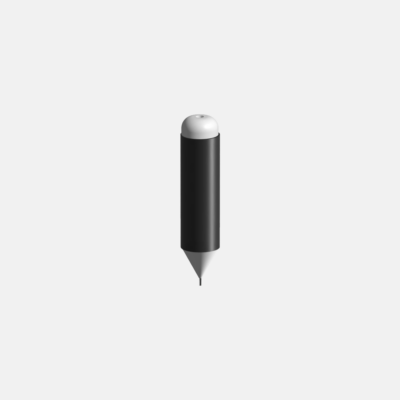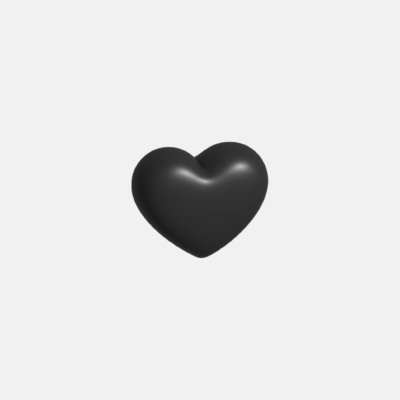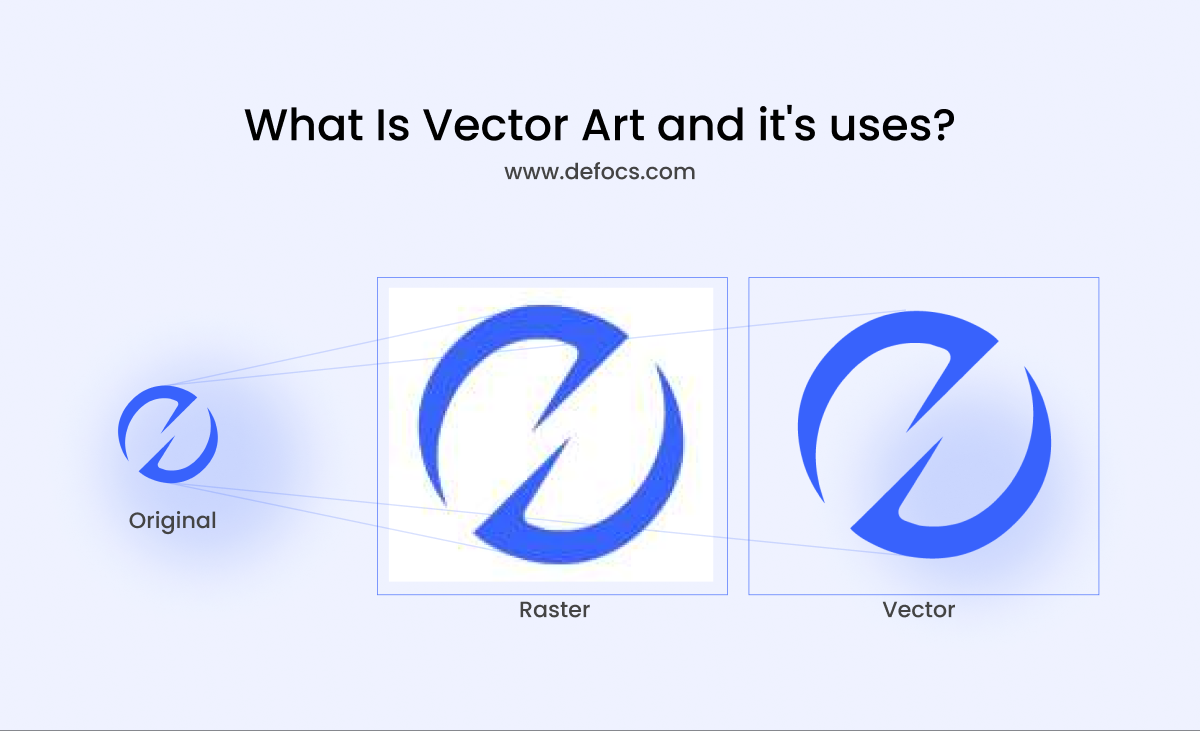What Is Vector Art and its uses? Certainly! Our brains process pictures much quicker than written words – a mind-blowing 60,000 times faster, to be exact. Even more amazing is that about 90% of the information our brains receive comes through pictures. Using this natural ability can greatly improve how well your messages will understand.
Consider the photos you capture with your phone or the memes you save and share with friends from the internet. When attempting to resize these images, you’ll likely notice a loss in quality, resulting in blurriness and pixelation. But fear not! Enter vector graphics to the rescue!
“Vector” may be a new term to some, but it plays a crucial role in the world of image printing. Without delay, let’s delve into the world of vector graphics to understand their significance and why they truly matter.
This article delves into the world of vector art, a widely utilized file type for digital art. We will explore its definition, compare it with other formats, and discover how vector graphics can infuse personality into your business and visual communication.
What is vector?
Vector art, also known as vector graphics, is a digital art form create using mathematical equations and geometric shapes, such as points, lines, curves, and polygons.
Unlike raster images like JPEG or PNG, which are made up of a fixed number of pixels and can lose quality when resized, vector graphics are resolution-independent. This means they can be scaled up or down without any loss of quality or sharpness.
In vector art, each element is represented as a separate object with defined properties like color, size, and position. In IT field designers use specialized software, such as Adobe Illustrator or CorelDRAW, to create vector illustrations, logos, icons, and other graphic designs.
The versatility and scalability of vector art make it an ideal choice for various applications, including printing, web design, and creating images that need to be resized frequently. Additionally, vector graphics are commonly used in professional settings for their crispness and the ability to be easily edited and modified.
Overall, vector art offers a powerful and flexible way to create visually appealing and precise designs that can adapt to different sizes and mediums without sacrificing quality.
Raster vs Vector Graphics
Raster files find frequent use in editing images, photos, and graphics. On the other hand, vector files are more adept at handling digital illustrations, intricate graphics, and logos. The superiority of vector files in these scenarios stems from their ability to maintain consistent resolution even when resized, rendering them ideal for diverse printed formats.

- Vector – SVG is the only available vector format which is preferred for graphics and logos. Vector files are mathematical, made of lines and points, which basically means they retain sharpness regardless of screen size or resolution. Your graphic will never become blurry.
- Raster – PNG, GIF, and JPG are raster formats. It’s made of pixels, or single points of colour. They appear blurry when scaled upwards and on higher resolution screens.
Vector Art Uses
Vector graphics find application in a wide array of use cases, including but not limited to the following:
- Logo Design: Vector graphics are ideal for creating logos as they can be resize without losing quality, making them suitable for various media.
- Illustrations: Artists use vector art to create detailed and intricate illustrations for books, magazines, websites, and more.
- Info graphics: Vector graphics are often employed to design visually appealing and informative info graphics for data representation.
- Web Design: Vector elements enhance web designs, enabling faster loading times and responsive layouts.
- Animation: Vector graphics are essential in producing smooth and scalable animations for multimedia presentations and web content.
- Product Packaging: Designers use vector art to craft attractive and high-quality product packaging designs.
- Apparel Design: Vector art is popular in creating graphics for t-shirts, hoodies, and other garments due to its flexibility for different printing methods.
- Signage and Banners: Vector graphics are suitable for large-scale printing, making them ideal for signs, banners, and billboards.
- User Interface (UI) Design: Designers use vector elements to create user-friendly and visually appealing interfaces for software and apps.
- Print Media: Vector art is commonly used in brochures, flyers, posters, and other print materials for its sharpness and versatility.
Support us





